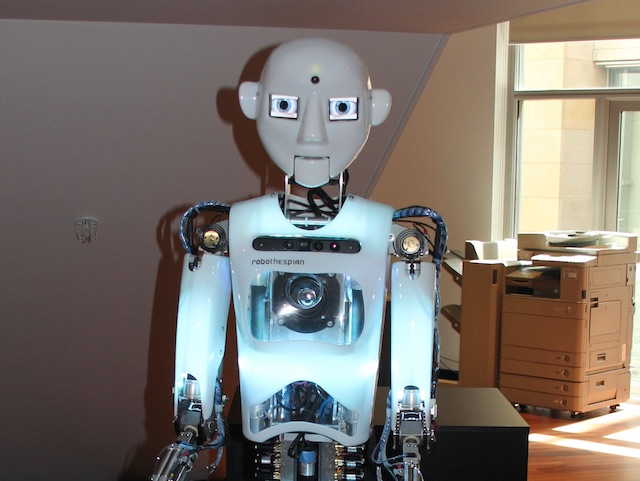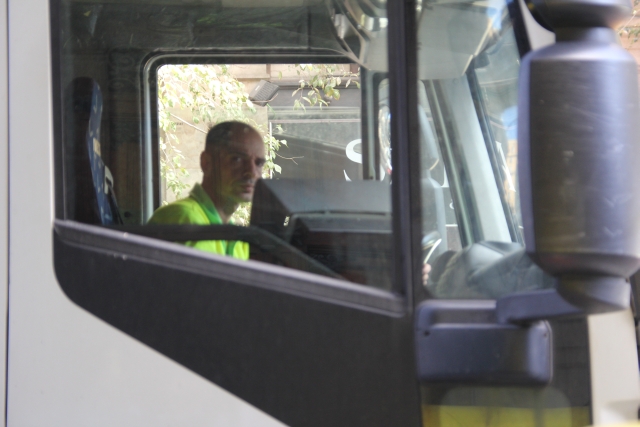The defining technology of the Twentieth Century was the automobile. While there were many advancements – antibiotics, mains electricity and mass communications to name just three – nothing changed society to the same extent as the motor car.
A hundred years ago it was impossible for a pundit to appreciate how the motor car was about to change communities, the population’s increased mobility saw the suburbanisation of cities, the creation of the consumerist society and the rise of industries such as supermarkets and drive in theatres, none of which were foreseeable fifty years earlier.
Change didn’t happen in isolation, those new industries were the result of a number of changes in technology alongside the motor car, for instance the supermarket couldn’t have happened without refrigerators becoming household items along with radio and television developing new markets through the advertising industry.
Economic drivers
The biggest driving force was economic, once motor cars became affordable for the typical worker – just before World War II in the US and in the mid 1950s in most of rest of the Western world – the cost of travelling fell dramatically.
With the cost of moving around falling, workers had the opportunity to move out of the dirty, grimy inner city to new and clean suburbs where they could commute to their jobs in offices and factories. At the same time it also meant families could travel further to buy their groceries, forcing the end of the cornershop and the milkman.
Autonomous vehicles change those economics again, as Uber founder Travis Kalanick pointed out last year, the most expensive item in a taxi or Uber fare is the driver.
During his interview at the Code Conference Kalanick went on to describe how eliminating the driver changes the economics.
“When there’s no other dude in the car, the cost of taking an Uber anywhere becomes cheaper than owning a vehicle. So the magic there is, you basically bring the cost below the cost of ownership for everybody, and then car ownership goes away.”
Changing ownership
The assumption in today’s discussions about autonomous vehicles is that car ownership will become and thing of the past, something that fits into Travis Kalanick’s view.
Should that be the case then a whole range of new industries open up. Who owns the cars, who dispatches the cars, who plans for peak and normal usage are just a few questions and opportunities that open for savvy entrepreneurs.
A changing concept of ownership doesn’t come without problems, not least who owns the code controlling the vehicles and the data being generated which in turn raises privacy issues.
Loss of jobs
The obvious other question with driverless vehicles is what happens to all the taxi drivers, couriers and long haul truckers as automobiles no longer require operators.
With truck driving being the dominant occupation in most US states, employing 1.8 million workers according to the Bureau of Labor Studies, this is a serious question. Interestingly the BLS forecasts employment to grow five percent per annum over the rest of the decade.
That scale of job losses hasn’t been unusual over the last century. The agricultural industry itself has seen a massive fall in employment in that time period with the proportion of Americans working in agriculture falling from half the population to a tenth of that.
Creating new industries
Obviously half the US working population didn’t end up being unemployed, with the many of those displaced by the motor vehicle – either in the agricultural sector or in those fields catering for the pre-motor car market – finding work in other fields.
That the economy adapted to the loss of jobs in what were traditional fields in 1915 gives us a clue to where the jobs and industries of the future are going to come from as the changing nature of the economy means new businesses are created.
As the economics of these industries change, we see the need for workers move further up the value chain. We also see those reduced costs open opportunities for new ideas, just as the supermarket concept took hold in the 1950s as the economics of household shopping changed.
This is where the greatest opportunity lies for today’s entrepreneurs lies, in figuring out how those reduced costs will change the way consumers and society use transportation. In turn that will drive the next wave of employment growth.
Similar posts:





